Civil protection throughout history: from 1861 to 1991
From the Unification of Italy to the Etna eruption of 1991
United Italy: the first laws

In the newborn Kingdom of Italy, rescuing people affected by an emergency is not a priority task for the State: interventions are primarily assigned to the military and considered charity work. This is the case of the December 1870 flood in Rome. On this occasion, the army troops who conquered the city with the Breach of Porta Pia two months before are responsible for providing first aid.
The earthquake and tsunami in Messina and Reggio Calabria
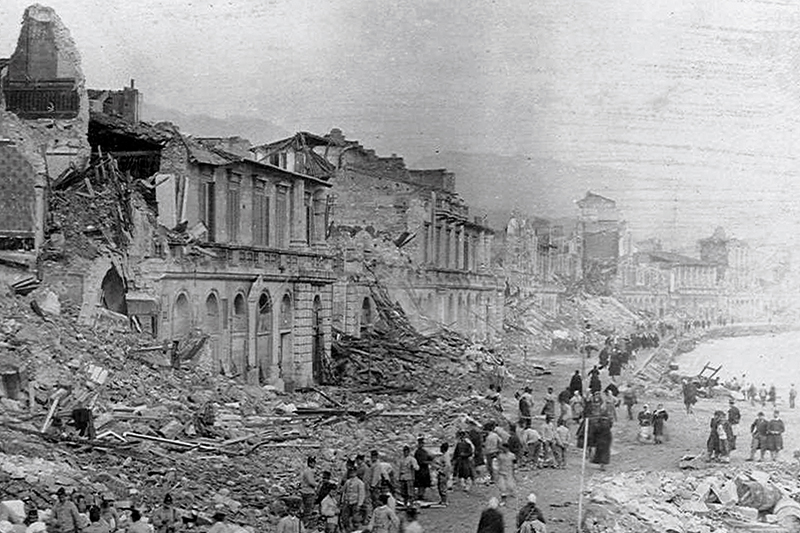
December 28, 1908. An earthquake with a 7.2 magnitude hits eastern Sicily and southern Calabria. It is followed by a massive tsunami that sweeps over the coast of the Strait of Messina, worsening the damage caused by the earthquake and resulting in additional casualties for those who escaped the collapses. The event is one of the most devastating catastrophes ever to occur in Italy.
The Marsica earthquake
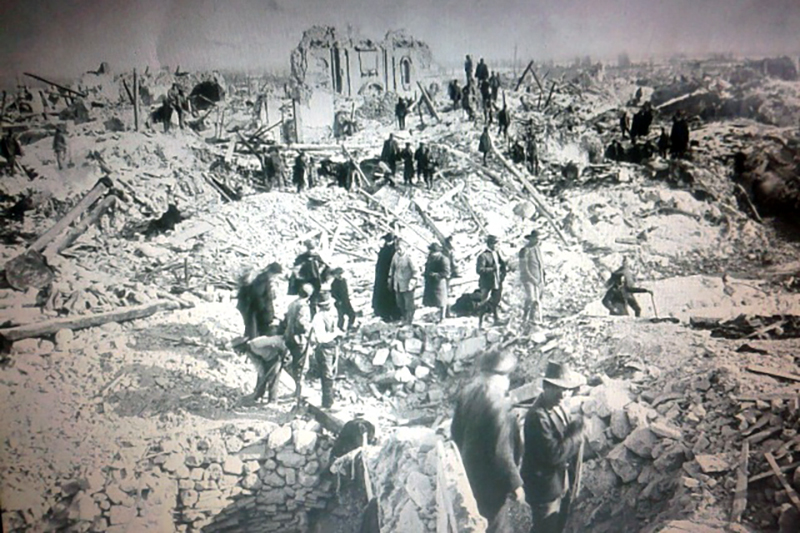
January 13, 1915. An earthquake of magnitude 7 hits central Italy, with its epicenter in the Fucino Plain of Abruzzo. The Marsica earthquake is one of the most violent earthquakes in Italian history due to the large area it affected, and the high number of casualties, injuries, and people left homeless.
The evolution of rescue legislation
September 2, 1919. Royal Decree-Law No. 1915 establishes the first regulatory framework for earthquake relief. The measure identifies the Ministry of Public Works as the authority responsible for direction and coordination.
The Irpinia and Vulture earthquake
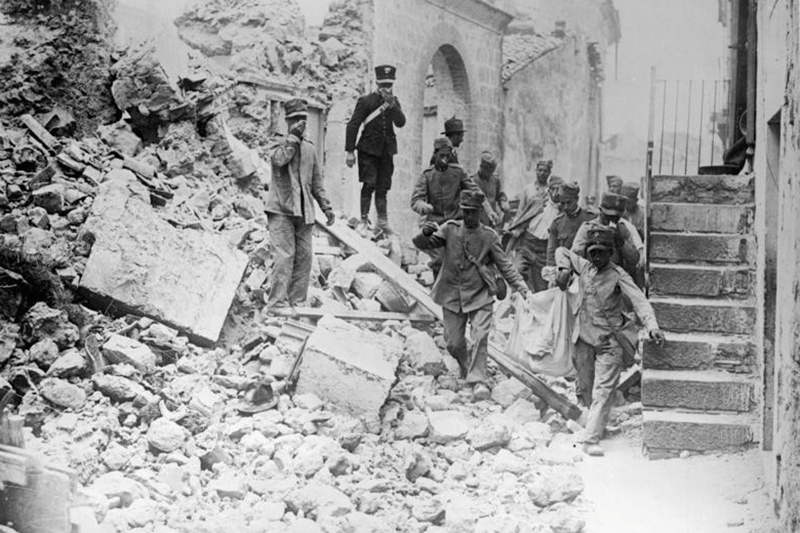
July 23, 1930. An earthquake of magnitude 6.7 hits a large area of southern Italy between upper Irpinia and the Vulture area. It causes severe and widespread damage due to the soil's characteristics and fragile residential properties.
The Polesine flood
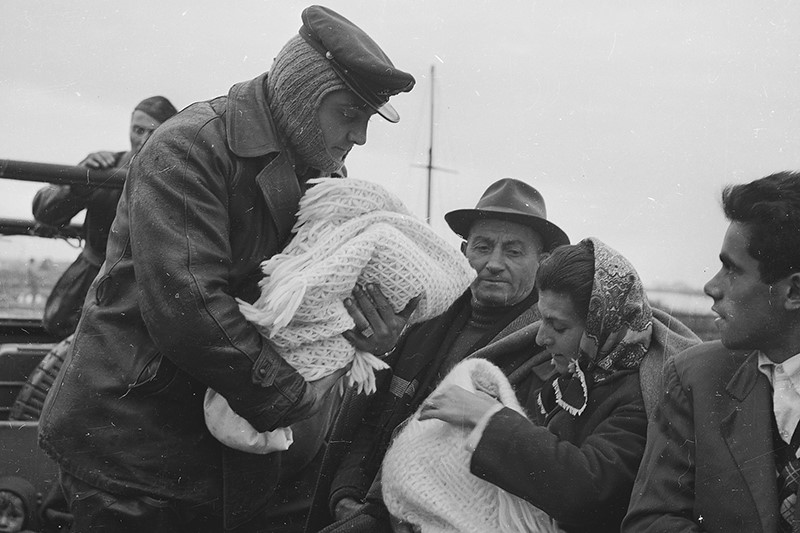
November 14, 1951. Intense rainfall affects the Po Valley and results in exceptional flooding of the Po River. The river breaks its banks between November 11 and 12, 1951 around Parma and two days later around Rovigo, flooding the Polesine area.
The Vajont landslide
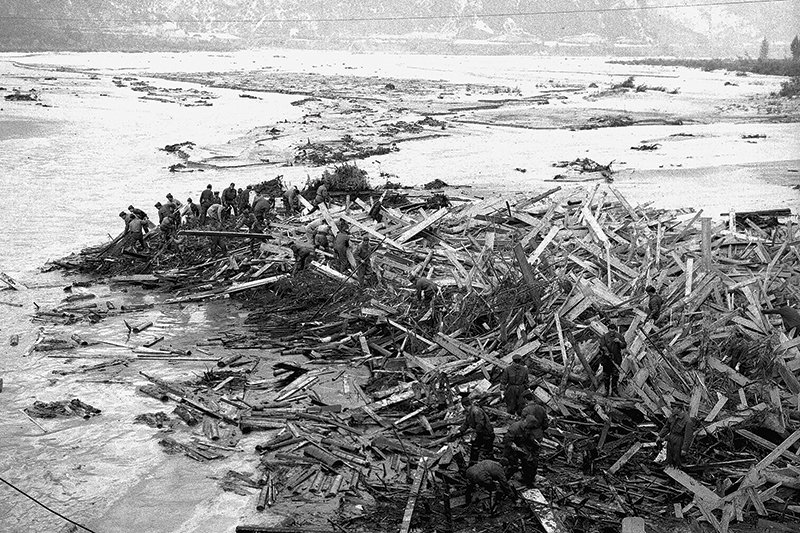
October 9, 1963. A massive landslide of 270 million m³ detaches from Mount Toc and plunges into the waters of the Vajont hydroelectric reservoir in the valley of the same name, located on the border between Friuli-Venezia Giulia and Veneto.
The flood of Florence
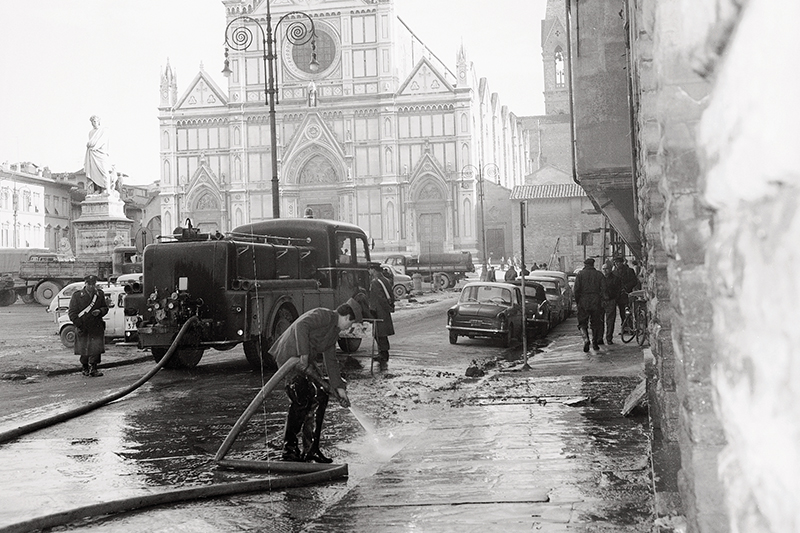
November 4, 1966. An exceptional wave of bad weather causes the Arno River to overflow and flood Florence. Many neighborhoods, including the historic center, are flooded. In the first few days, aid comes almost exclusively from "mud angels" and troops based in the city.
The Belice earthquake
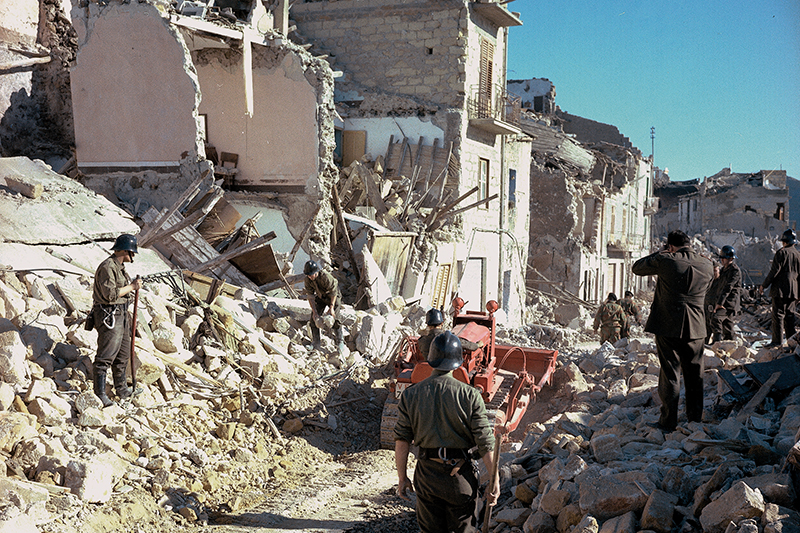
January 14, 1968. An earthquake of magnitude 6.4 devastates the Belice Valley in Sicily. Emergency management is unsuccessful due to a lack of coordination among ground forces. The rebuilding process will be long, with settlements relocated to areas far from the earthquake's impact.
The first law on civil protection interventions
December 8, 1970. Law No. 996 defines the concept of "civil protection" by focusing on the emergency stage, that is, rescue to be implemented in the immediacy of the event. It also assigns a central role to the Ministry of the Interior, which takes over the direction and coordination of interventions in the event of a disaster.
The Friuli earthquake
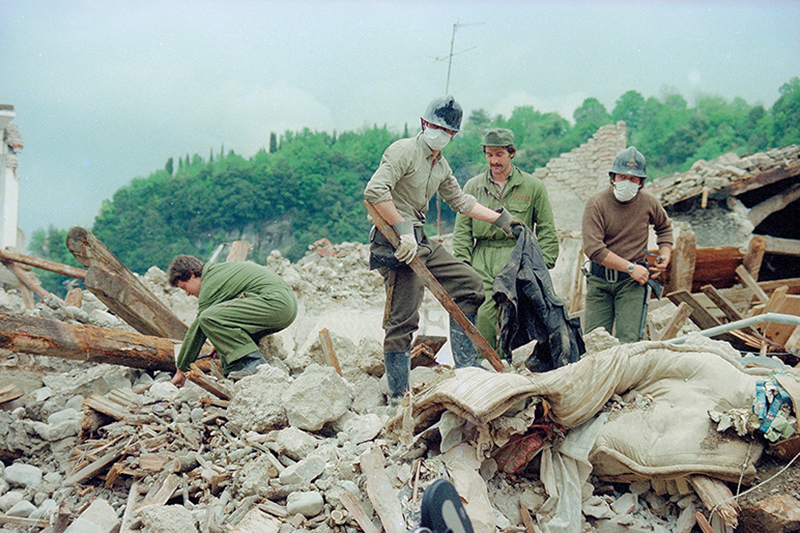
May 6, 1976. An earthquake with a magnitude of 6.4 severely hits Friuli and, in particular, the middle valley of the Tagliamento River. In the hours following the quake, the government assigns the direction of rescue operations to extraordinary commissioner Giuseppe Zamberletti.
The Irpinia earthquake
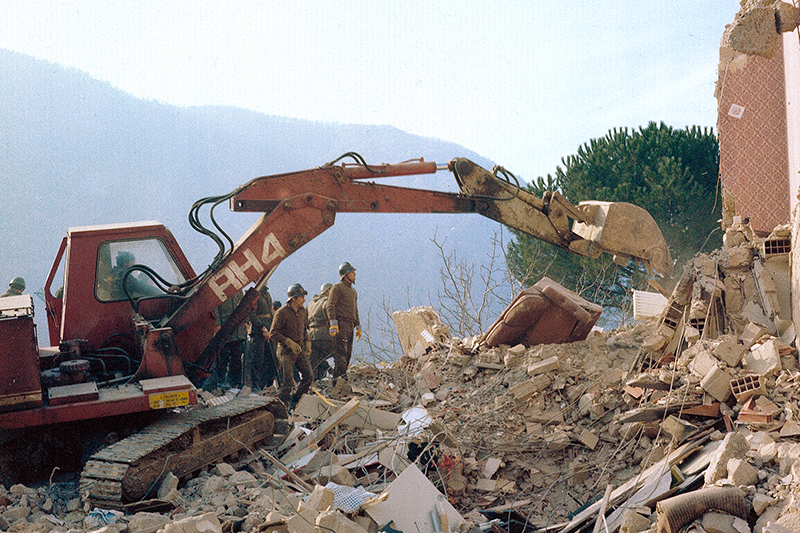
November 23, 1980. An earthquake of magnitude 6.9 strikes a vast area of Campania, Basilicata, and slightly Puglia. President Pertini reports severe delays in rescue efforts and state intervention failures.
The tragedy of Vermicino
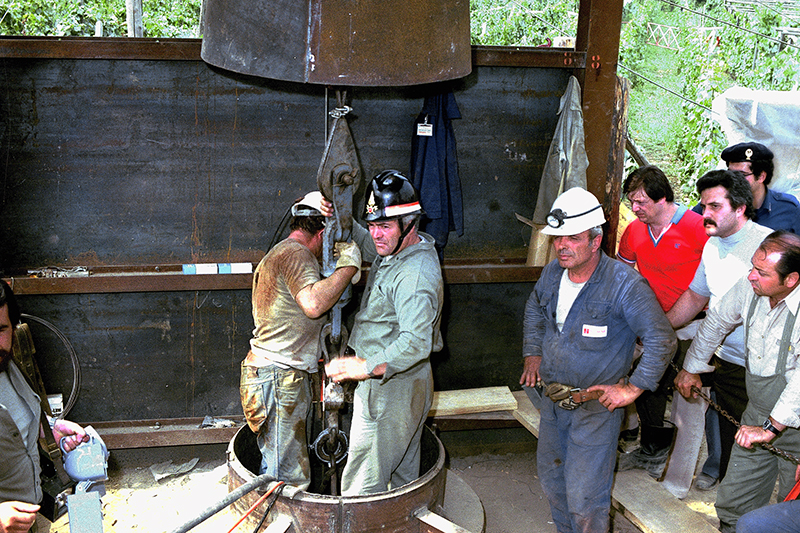
June 10, 1981. Alfredo Rampi, a young boy, falls into an artesian well in Vermicino, near Rome. The entire country stops to follow the dramatic attempts to rescue him.
The institution of the Department of Civil Protection
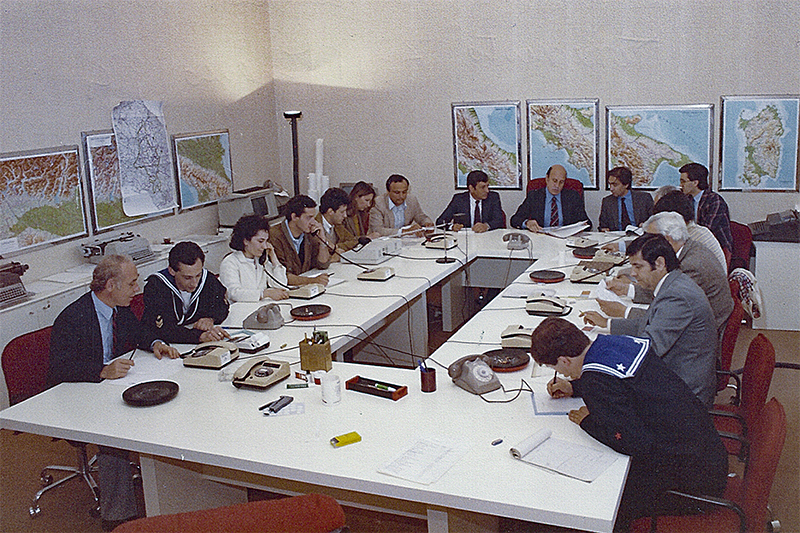
April 29, 1982. The Department of Civil Protection is established at the Presidency of the Council of Ministers. In the same year, Law No. 938 formalizes the Minister for Civil Protection Coordination figure.
The Etna eruption
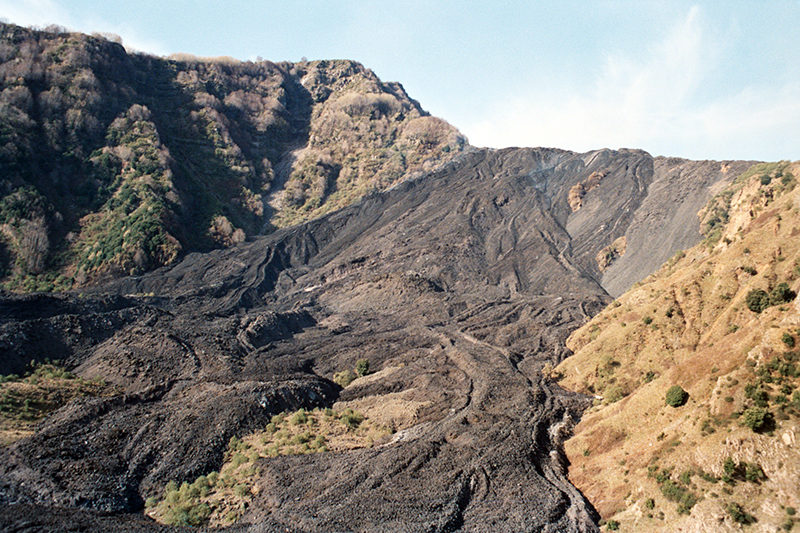
On December 14, 1991, an eruptive fissure opens at the base of Etna's southeast crater, beginning the longest eruption of the 20th century: 473 days and over 300 million cubic meters of lava. The lava flow reaches the point of endangering the town of Zafferana Etnea.